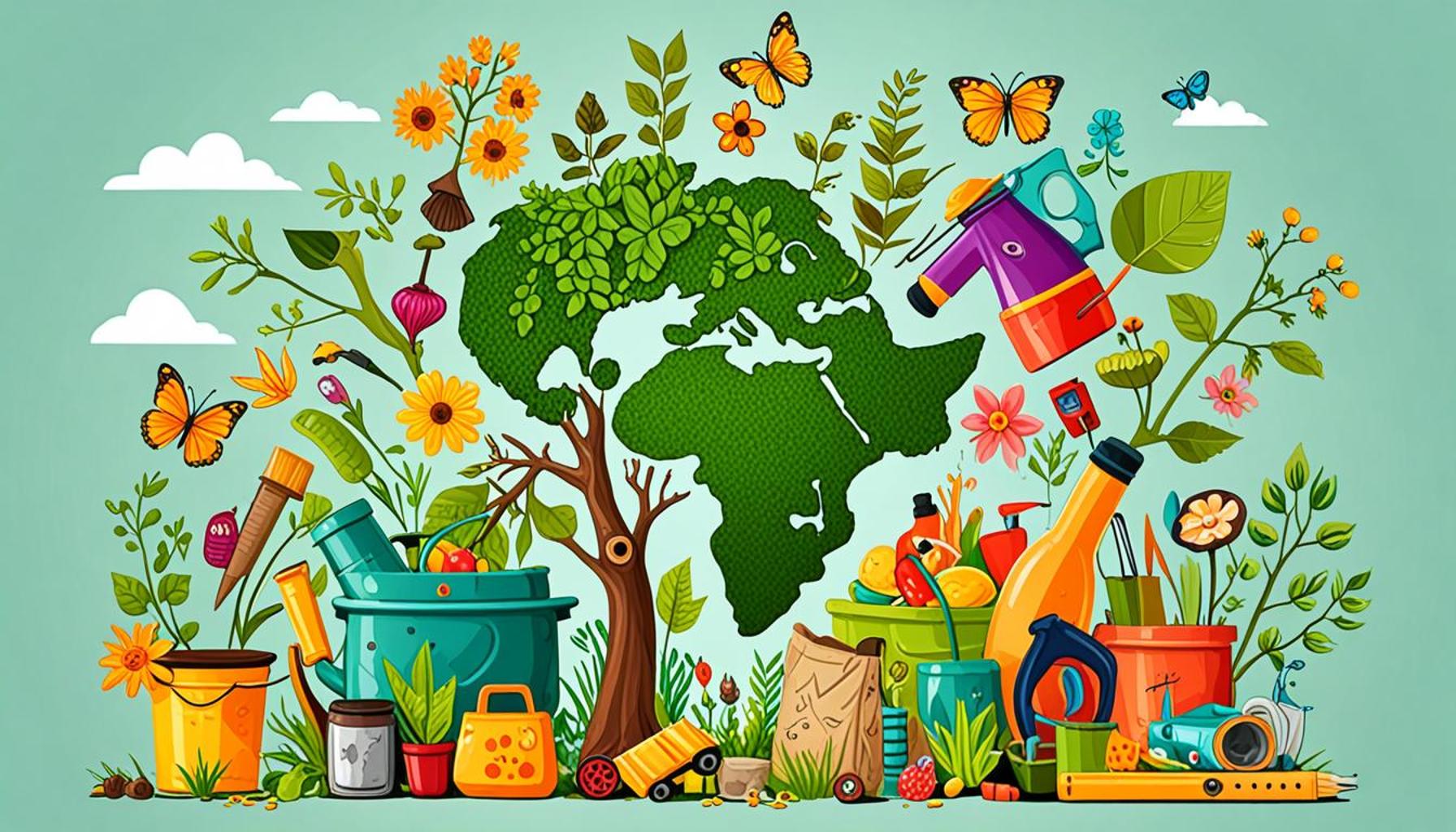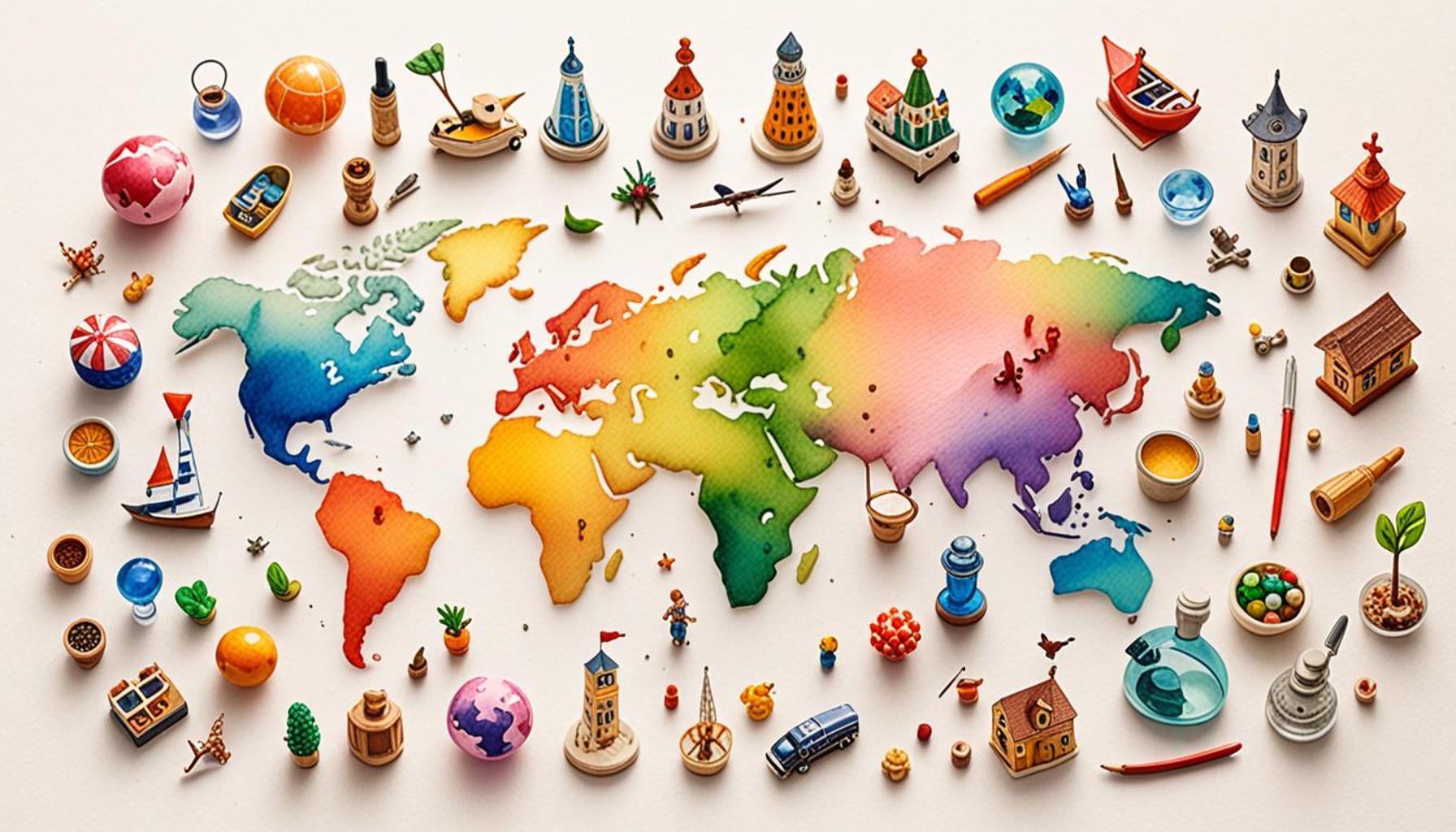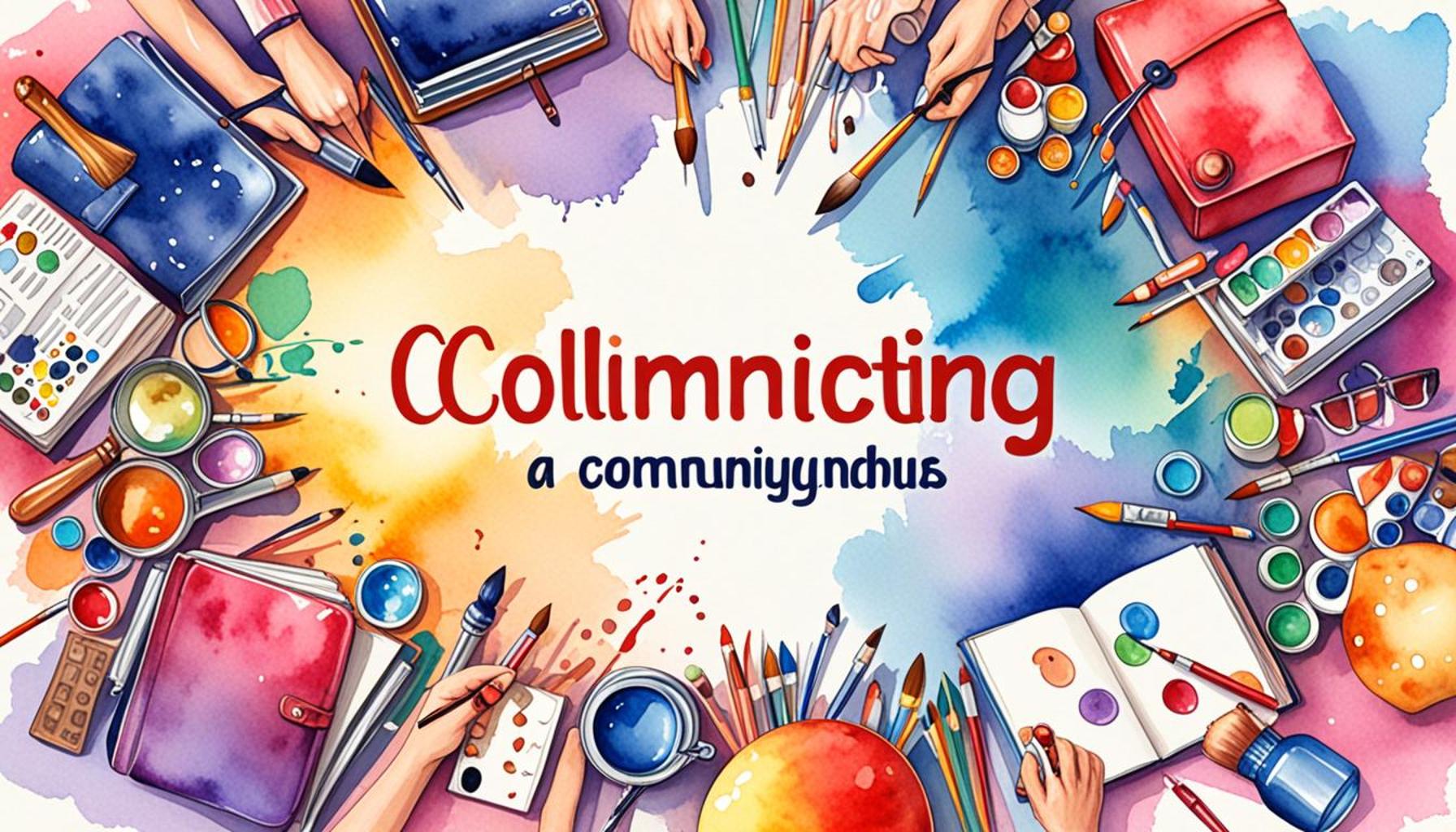Collecting Memories: The Importance of Nostalgic Items in Shaping Identity
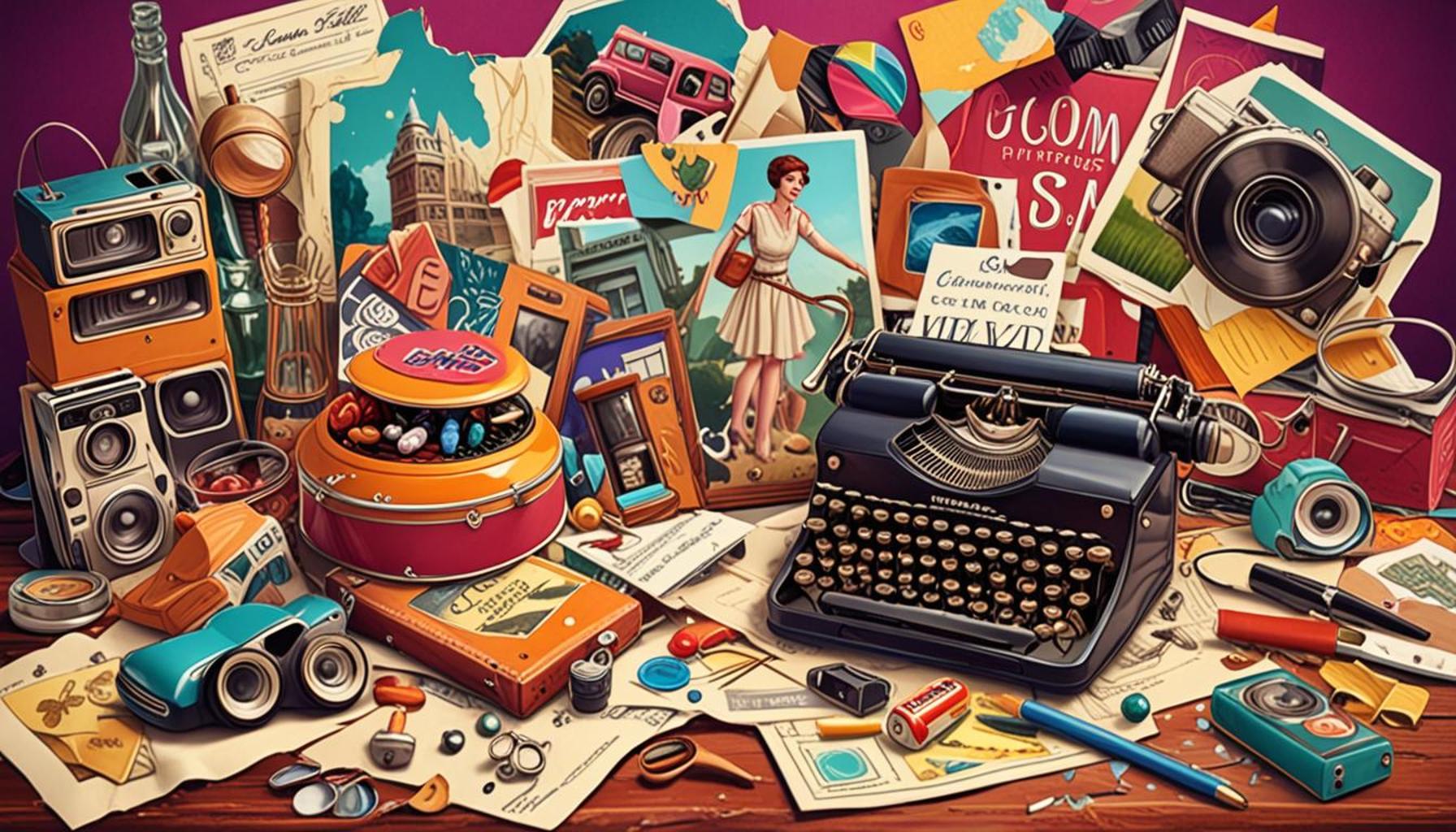
The Power of Nostalgia in Shaping Our Identity
Every object we cherish holds a story, a glimpse into our past that contributes to our personal identity. Nostalgic items—from childhood toys to vintage clothing—carry significant emotional weight. They connect us to our roots and remind us of pivotal moments in our lives. For many, these objects serve as tangible connections to both significant milestones and cherished experiences that may otherwise fade into memory.
Understanding the importance of these items can lead to fascinating discoveries about ourselves. Here are a few reasons why nostalgic items matter:
- Emotional Connection: Nostalgic items evoke feelings and memories tied to our experiences. For example, a faded teddy bear from childhood might remind someone of comfort during difficult times or the warmth of family love. Such objects become more than just items; they embody emotions that anchor us to our past.
- Sense of Belonging: These items create links to family, friends, and shared history. Consider a family photo album filled with snapshots from family gatherings. Each picture tells a story of moments shared, fostering a sense of belonging and continuity within families, particularly in immigrant communities where heritage and memory play a crucial role in maintaining cultural identity.
- Personal Reflection: Nostalgic items provide insight into how our past experiences shape our present selves. A high school yearbook might evoke feelings of pride or nostalgia, prompting a reflection on personal growth. Such reflections can inspire self-discovery and reinforce or even reshape our current beliefs and aspirations.
In a world dominated by digital interactions, the tangible nature of nostalgic items offers a unique form of solace. Whether it’s cherished photographs, heirloom furniture, or even vinyl records, these objects have the power to evoke strong emotional responses, allowing us to take a step back in time and relive significant moments. The texture of an old letter or the smell of a vintage book can provide a sensory experience that digital memories simply cannot replicate.
Exploring the significance of nostalgic items encourages personal growth and fosters a deeper understanding of our collective history. By investigating the layers of meaning within these mementos, we not only learn about ourselves but also engage with the shared narratives that bind us to our communities and cultures. This journey of discovery can reshape the narrative of who we are, reminding us that our identities are a tapestry woven from the threads of our experiences, memories, and the objects that accompany them.
As we continue to navigate a rapidly changing world, embracing the power of nostalgia to appreciate and reflect on our pasts can provide profound insights into our identities and foster a sense of connection in an increasingly fragmented society.
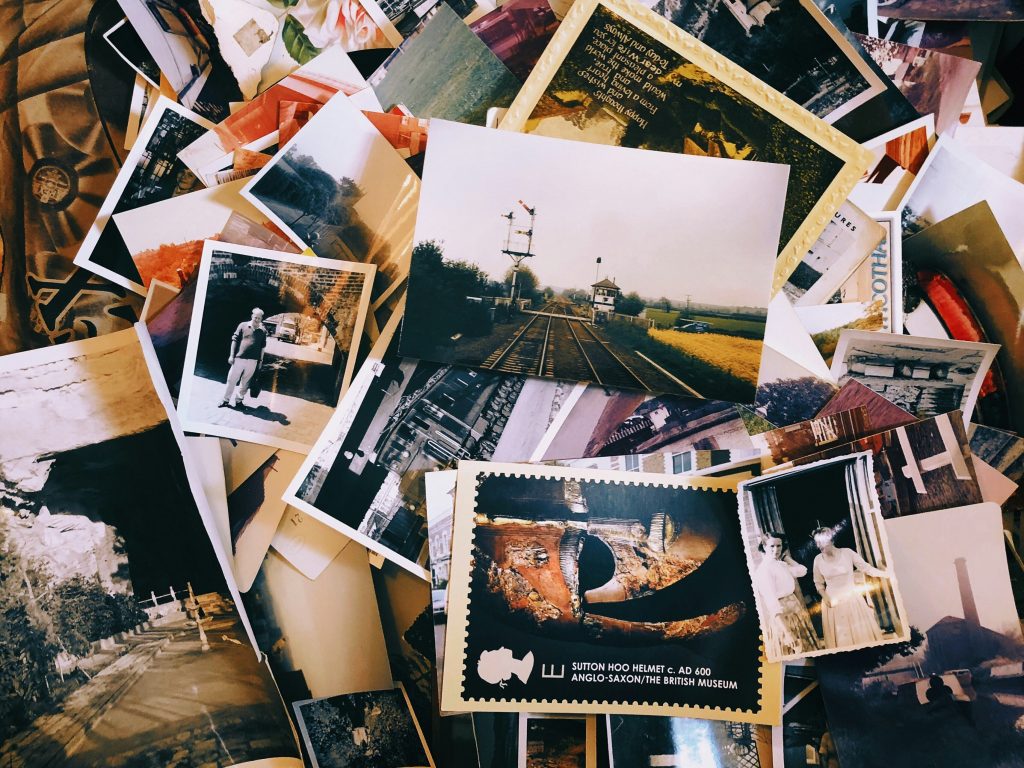
DISCOVER MORE: Click here to transform your outdoor space
The Role of Nostalgic Items in Self-Discovery
Nostalgic items have an unparalleled ability to tap into our memories, serving not only as artifacts of the past but also as catalysts for self-discovery. These objects can reveal layers of our identity that we might overlook in the hustle and bustle of contemporary life. For example, consider the dusty vinyl records lying in an attic. Each scratch and pop during playback can transport us back to a specific time and place—perhaps a summer spent with friends or a quiet evening spent alone, crafting dreams for the future. The emotional resonance of these items enhances their importance, prompting us to reflect on who we were and who we have become.
One of the fascinating dimensions of nostalgic items is their ability to evoke a wide range of feelings, from joy and comfort to sorrow and longing. When we engage with these items, we may find ourselves experiencing complex emotions that can lead to profound insights about our desires and fears. This emotional tapestry can be as simple as flipping through a collection of postcards from childhood, each one a reminder of a family vacation, or as significant as holding an old medal from a high school competition that speaks to years of dedication and hard work.
Moreover, through the lens of nostalgia, we begin to recognize the influence of cultural and social contexts on our identities. The objects we collect often reflect the era we grew up in and the social climates that shaped our experiences. For instance, a classic toy from the 1980s, such as a Rubik’s Cube or action figures from popular cartoons, might catapult many adults back to their formative years, highlighting the communal experiences shared by a generation. These memories can spark conversations about family traditions, societal changes, and the evolution of cultural tastes.
Nostalgia as a Form of Connection
The connection we feel to nostalgic items can also pave the way for forging and maintaining relationships. Objects like family heirlooms or souvenirs from trips taken with loved ones serve as conversation starters and bonding agents. They remind us of shared histories, with each artifact playing a role in the collective memory of families and communities. Here are some key ways nostalgic items facilitate connection:
- Shared Stories: A scrapbook filled with photographs and mementos invites storytelling, enabling family members to share their memories and experiences. These narratives help younger generations learn about their heritage and family values.
- Community Rituals: Vintage objects can be symbols of traditions that may have faded over time, encouraging people to revive and celebrate cultural practices that strengthen community bonds.
- Emotional Bonds: The act of reminiscing about shared experiences through nostalgic items fosters emotional intimacy, creating stronger connections among family and friends.
In today’s fast-paced digital environment, where memories can often feel ephemeral, the tangible nature of these nostalgic items is essential. They serve as concrete reminders of who we are and where we come from, intertwining our identities with the stories of those who came before us. By engaging with these objects, we gain a clearer understanding of our place in the world, merging the threads of past, present, and future into a coherent narrative that shapes our identities.
As we delve deeper into the significance of nostalgic items in shaping our identities, we uncover their profound impact on both our personal narratives and collective memories. These artifacts, ranging from childhood toys to vintage postcards, serve as tangible reminders of our past, intricately woven into the fabric of who we are. Each item carries with it a story, evoking emotions that can transport us back in time, allowing for moments of reflection that often shape our values and beliefs.Curiously, studies suggest that engaging with nostalgic items can enhance emotional resilience. This practice not only stimulates positive feelings but also offers a sense of continuity in our lives. By revisiting cherished memories through these items, individuals often feel more grounded, reaffirming their self-worth and identity. The classic childhood teddy bear or an old diary can trigger vivid recollections, fostering connections with our former selves and enriching our current existence.Moreover, nostalgic collecting has evolved into a popular social phenomenon. Communities surrounding specific themes—such as vintage fashion or classic vinyl records—have emerged, allowing individuals to bond over shared experiences and passions. These social networks reinforce a sense of belonging, which is crucial in an increasingly digital world. The communal aspect of nostalgia encourages storytelling, where each member contributes unique perspectives, further enriching the collective memory.In exploring these themes, one might also consider how society itself cherishes certain nostalgic elements. From retro marketing campaigns to the revival of vintage aesthetics in modern design, cultural trends continually draw upon nostalgia. This not only highlights the universal appeal of nostalgic items but emphasizes their role in helping us navigate an ever-changing world. Through exploring the complexities of memory and identity, we encourage a more profound understanding of the value these items hold, beckoning us to preserve and share our personal histories. The journey into nostalgia is a continuous one, propelling us to explore the past while shaping our evolving identities in the present.
DISCOVER MORE: Click here to learn how blockchain is reshaping digital art
The Transformative Power of Nostalgia
The concept of nostalgia extends beyond mere sentimentality; it wields a transformative power that can shape our present identities and influence our future aspirations. Recent psychological studies suggest that nostalgia can enhance feelings of social connectedness, provide a sense of continuity in one’s life, and even serve as a motivational force. Engaging with nostalgic items allows individuals to reflect on personal growth and to envision a future shaped by both past experiences and current values.
For many, nostalgia serves as a toolkit for coping with life’s challenges. Consider those who collect memorabilia from formative events—concert tickets, graduation caps, or sporting paraphernalia. Each item encapsulates a moment that defines significant milestones. When faced with uncertainty, revisiting these objects can foster resilience and hope, reinforcing the idea that we have overcome obstacles in the past and can do so again. A report by the University of Southampton found that nostalgia can improve mood and increase motivation by reminding individuals of their past successes and the support networks that contributed to those achievements.
The Intersection of Nostalgia and Creativity
Nostalgic items not only ground us in our past but also ignite our creativity. These artifacts can serve as inspiration for various artistic and creative expressions. Whether it’s through crafting, writing, or even digital art, the act of reminiscing can fuel innovation. Artists often draw upon the themes of nostalgia to connect with audiences on an emotional level, transforming relics of the past into a fresh narrative. For instance, music festivals often curate line-ups that feature nostalgic artists or cover songs, tapping into the collective memory of audiences and creating an immersive experience that merges nostalgia with contemporary culture.
Beyond entertainment, scholars argue that nostalgia can shape creative fields, from fashion to graphic design. Trends often cycle back, with previous styles making comebacks, leading to a resurgence of 90s grunge or 80s neon. This cyclical nature of nostalgia in fashion not only influences individual identity but also reflects broader societal shifts in values. As cultural commentators suggest, this return to bygone eras often stems from a collective desire to reclaim simplicity and familiarity in a rapidly changing world.
Digital Age and Nostalgia: A New Frontier
In today’s digital age, the landscape of nostalgia has transformed significantly. With platforms like Instagram and Pinterest, people can curate digital collections of nostalgic content, making it easier than ever to connect with like-minded individuals. Online communities flourish around shared memories, fostering social interaction and allowing people to bond over common interests. Hashtags like #ThrowbackThursday and #90sKids serve not only to reminisce but to create a sense of community among users, transcending geographical and cultural barriers.
However, this digital nostalgia is not without its challenges. The curated nature of online memories can sometimes lead to a distorted perception of the past. Social media might create a version of nostalgia that emphasizes idealized moments, often overshadowing the complexities of those experiences. As we navigate this new landscape, understanding the essence of genuine nostalgia—embracing both its beauty and its bittersweet elements—remains crucial in shaping our identities authentically.
Ultimately, engaging with nostalgic items enables personal growth, encourages creativity, and fosters community connections. Whether through wooden toys from childhood or vintage clothing that speaks to a different era, these objects are more than mere artifacts; they represent a tapestry of experiences that weave together our identities, demonstrating the profound impact of the past on shaping who we aspire to be in the future.
DISCOVER MORE: Click here to dive deeper into nature-inspired writing
Conclusion: The Enduring Significance of Nostalgic Items
In a world that perpetuates rapid change and fleeting trends, nostalgic items stand as powerful symbols of identity and continuity. By collecting these artifacts, individuals not only preserve cherished memories but also engage in a deeply personal journey that intertwines their past experiences with present narratives. The transformative power of nostalgia enhances social connections, emotional resilience, and self-discovery, allowing us to confront life’s challenges with a sense of hope and optimism.
As we navigate the complexities of modern life, the intersection of nostalgia and creativity offers profound insights. By drawing inspiration from the past, artists and creators harness the emotional weight of nostalgic artifacts, crafting new expressions that resonate with audiences. Furthermore, the digital age presents a unique opportunity to cultivate connections around shared memories, ensuring nostalgia remains a vibrant part of our cultural fabric.
However, it is essential to approach nostalgia with a balanced perspective, recognizing both its illuminating qualities and potential for idealization. By embracing the genuine essence of our past—its rich tapestry of joy, sorrow, simplicity, and complexity—we can better navigate our identities in a swiftly evolving world. Ultimately, collecting memories through nostalgic items is not merely about reminiscing; it is about building a cohesive sense of self that honors our histories while aspiring towards a bright future. Embrace your nostalgic treasures; they are the key to understanding who you are and who you can become.
